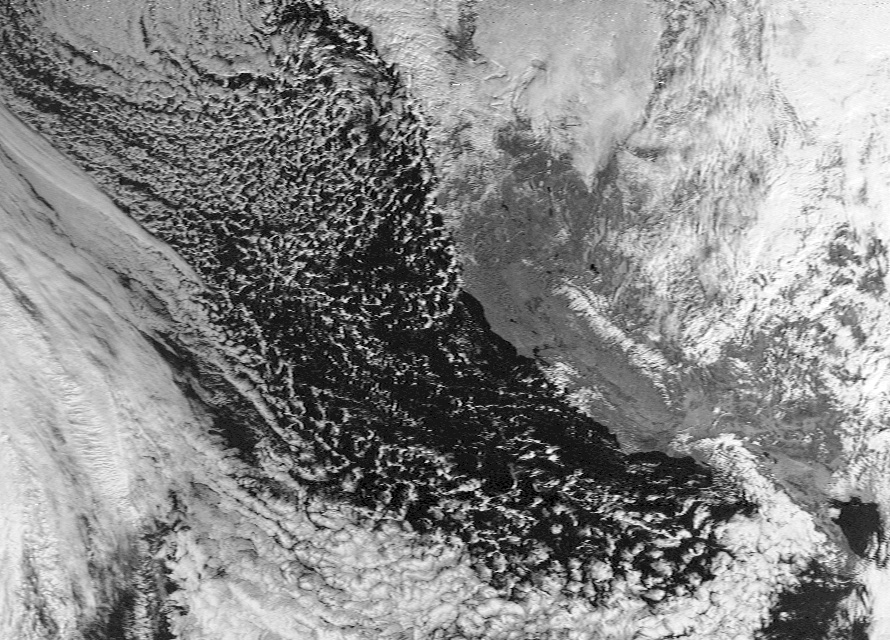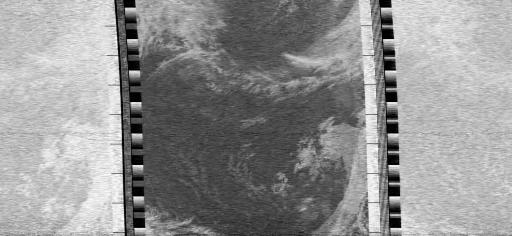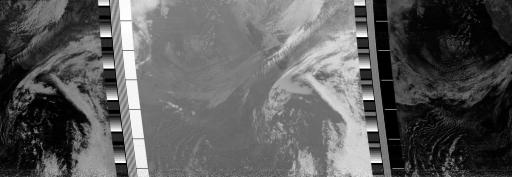I’ve been pondering potential upgrades to my satellite capabilities. Right now, I’m using a very popular combination: an arrow antenna and a Kenwood TH-D7A. Often, at the beginning of passes, where satellites are still relatively distant, I get very weak signals, and can’t often hear the satellite well until they are maybe 15 or 20 degrees over the horizon. In talking (both on the bird, and via email) with Mark Spencer, WA8SME, I’m beginning to see why his recommendation of adding a preamplifier to the receive side of my setup might result in better overall performance.
Mark wrote a very nice article for the Amsat Journal entitled Why can’t I hear AO-51? which is simply great and clearly explains how you can figure out the path loss between the satellite and you. It turns out that the path loss from you to the AO-51 is probably somewhere around -126db on 440mhz, but the uplink loss from you to AO-51 is only about -112db, or nearly 14 db stronger.
What’s the difference? Well, first of all AO-51 is running only 1w of total power and my Kenwood cranks out above 5. That’s almost 7db stronger right there. What’s the rest of the difference? Mostly the difference in free space loss between 2m and 70cm. The approximation for path loss that is most often used for freespace
path loss is:
path loss = 32.44 + 20 log(d) + 20 log(f)
given in db for a distance of d kilometers and frequency f in megahertz.
Assuming the distance is constant, for a given frequency, the difference is the is about 9.5 db stronger on 2m than on 70cm. (20 * log(145.92)-20*log(435.3) is just about 9.5). It turns out that AO-51 is a little deafer than your HT, but has about 4db more gain in its antenna compared to your rubber duck, so overall, you have a much easier time getting signals to it than it does getting to you.
What this suggests to me is that a receive preamp may very well be a good idea. I’m looking into getting one soon.







